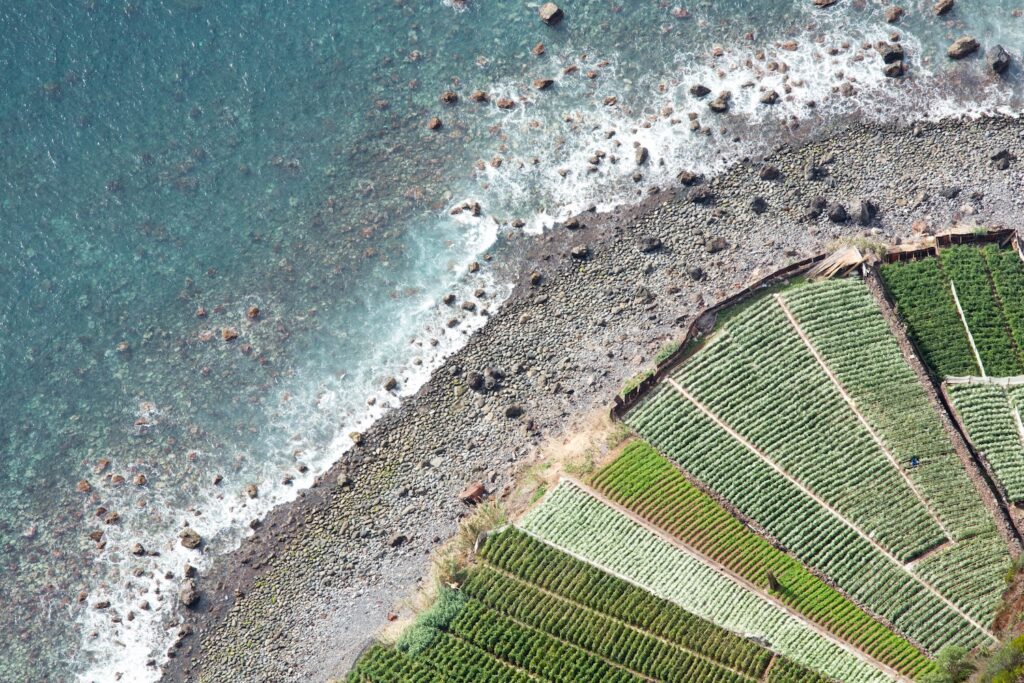The Mediterranean Diet has its roots in the distant past: In the Mediterranean basin, in the Greek and Latin worlds, and even in religion; food was once considered a sacred thing, a gift from the gods. At the core of the Mediterranean Diet are three elements, referred to as the Mediterranean Triad: Grain, olive oil […]
Category Archives: Training Tool
Registering a cultural element in the Representative List of UNESCO Intangible Cultural Heritage of Humanity involves a lengthy and rather arduous process. Particularly in the initial phases, a great deal of active participation on behalf of the community affiliated with the element nominated is fundamental. Governmental participation is required as well, particularly during negotiations with […]
The Mediterranean Diet, which was discovered in the twentieth century but is in fact an ancient practice among Mediterranean populations, had three important early literary allies that introduced the Diet and lifestyle to the rest of Europe, the United States and Canada. The first of these three, all authored by Ancel and Margaret Keys, was […]
The beginning of the Mediterranean Diet’s “discovery” can be traced to Ancel Keys’ 1951 arrival in Rome, Italy. He had been sent by the FAO (the UN Food and Agriculture Organization), which had organized a convention to address nutrition in Europe after the end of WWII. Keys was at the time quite well known as […]
Strangely enough, the Mediterranean Diet was discovered by an American named Ancel Keys, who in 1951 became particularly interested in healthy way of eating that he’d discovered in Italy. Keys was a physiologist born in Colorado in 1904, and he came to Italy to discover something that in the Mediterranean had long been well known, […]
The Convention for the Safeguarding of UNESCO Intangible Cultural Heritage provided the following definition of an emblematic community: “Communities, groups, and, where appropriate, individuals that create, maintain and transmit cultural heritage.” The fundamental element of this definition is the recognition, by groups and individuals, of the cultural element as part of their own cultural and […]
How is intangible cultural heritage protected? It is easy to imagine how to protect the material heritage: a monument, a physical place, if it is in ruins, must be restored, distance measures must be placed so that the public does not ruin it too much … How is intangible cultural heritage instead protected? In the […]
This video lesson will address the question of dual UNESCO heritage, that is, a physical site and an intangible element. These two forms of UNESCO recognition resulted from the Convention for Protection of Natural and Cultural World Heritage of 1972, and the Convention for the Safeguarding of Intangible Cultural Heritage of 2003, respectively (under which […]
In order for a cultural element to be included in the Representative List of UNESCO Intangible Cultural Heritage of Humanity, it is necessary to complete a nomination file demonstrating that the following five requirements have been satisfied: The element must fall within the definition of “intangible cultural heritage” as defined in the Convention and therefore […]
What is the Convention for the Safeguarding of the Intangible Cultural Heritage? The Convention was formally established in 2003, and from September 29 to October 17 of 2003 was signed by 150 States from around the world in Paris during the 32nd session of the General Conference of UNESCO. Though the Convention was officially approved […]










